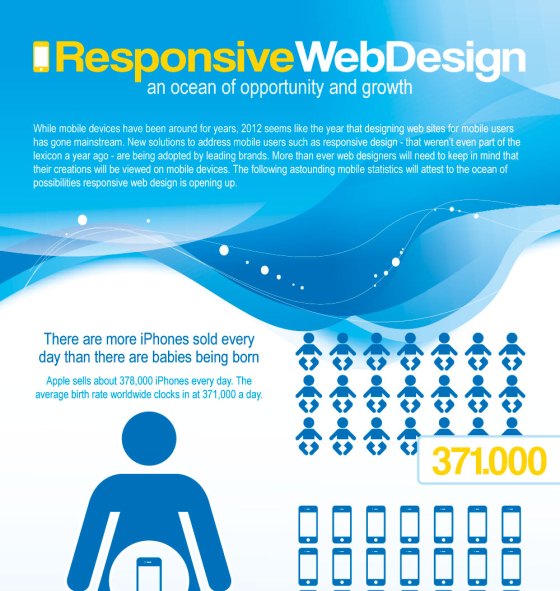In the past, sites were easy and concentrated on information. Navigation was direct, and style was for desktops. Currently, customer experience is crucial. Data guides styles for simple navigation. Responsive designs fit different tools. Today, dark mode minimizes pressure, and minimalist menus boost navigation. Interactive attributes engage individuals, and vibrant visuals attract attention. AI combination increases interaction. See exactly how visit the next web page has advanced to enhance your on-line trip.
Early Days of Web Design
In the early days of website design, simpleness preponderated. Internet sites were basic, with restricted shades, font styles, and layouts. The focus got on offering details instead of flashy visuals. Customers accessed the internet via slow dial-up connections, so speed and performance were essential.
Navigating food selections were straightforward, usually situated on top or side of the page. Websites were developed for desktop computers, as mobile browsing wasn't yet widespread. Web content was king, and designers focused on simple readability over complicated style elements.
HTML was the main coding language utilized, and developers had to work within its constraints. SEO For Eye Centers and interactive features were minimal compared to today's requirements. Sites were static, with little dynamic content or tailored user experiences.
Surge of User-Focused Design
With the advancement of internet site style, a change in the direction of user-focused design principles has become significantly noticeable. Today, producing web sites that focus on individual experience is crucial for engaging site visitors and accomplishing organization goals. User-focused style involves understanding the demands, preferences, and habits of your target market to tailor the web site's format, material, and features as necessary.
Designers now perform thorough research study, such as individual studies and functionality screening, to collect understandings and comments directly from users. This data-driven strategy helps in developing user-friendly navigation, clear calls-to-action, and visually appealing user interfaces that resonate with visitors. By placing the user at the facility of the layout procedure, web sites can deliver a much more personalized and satisfying experience.
Responsive style has actually also become an essential element of user-focused design, making certain that internet sites are maximized for different gadgets and screen sizes. This flexibility improves accessibility and use, accommodating the diverse methods users interact with web sites today. Fundamentally, the increase of user-focused style indicates a shift towards developing digital experiences that focus on the requirements and assumptions of the end user.
Modern Trends in Web Design
Discover the most up to date patterns shaping website design today. One prominent pattern is dark mode style, supplying a smooth and modern-day look while reducing eye strain in low-light settings. One more vital pattern is minimal navigating, streamlining food selections and improving individual experience by concentrating on essential elements. Including micro-interactions, such as computer animated buttons or scrolling results, can develop a much more interesting and interactive web site. Receptive design continues to be vital, making sure seamless user experiences throughout different devices. Furthermore, making use of strong typography and unbalanced formats can include aesthetic rate of interest and accentuate certain content.
Incorporating AI technology, like chatbots for client assistance or individualized recommendations, improves customer engagement and enhances procedures. Ease of access has likewise end up being a significant trend, with developers focusing on comprehensive design methods to accommodate diverse individual demands. Welcoming sustainability by enhancing web site performance for speed and effectiveness is another emerging trend in web design. Working together with individual responses and data analytics to iterate and improve layout continuously is crucial for remaining relevant in the ever-evolving electronic landscape. By embracing these modern-day fads, you can produce an aesthetically enticing, straightforward internet site that resonates with your target market.
Final thought
As you assess the development of site style from the very early days to currently, you can see exactly how user-focused layout has actually ended up being the driving force behind contemporary fads.
Embrace the trip of change and adaptation in website design, constantly keeping the customer experience at the forefront.
Stay existing with the most recent trends and modern technologies, and never ever stop evolving your technique to produce visually magnificent and user-friendly internet sites.
Evolve, adapt, and produce - the future of website design remains in your hands.
